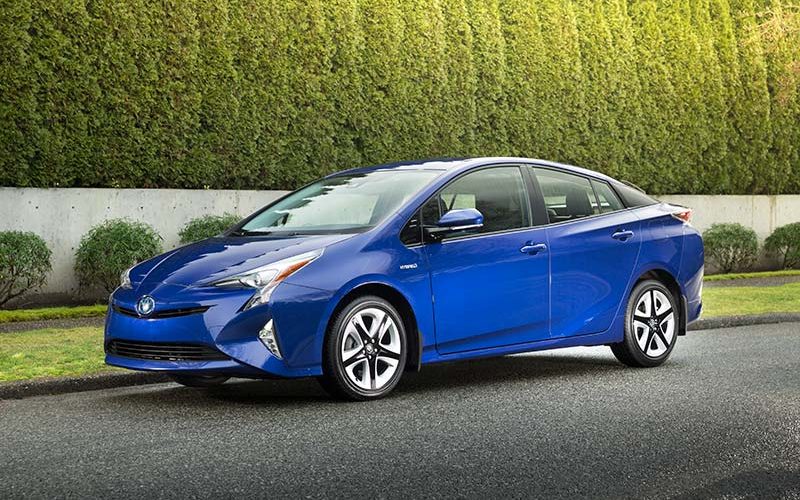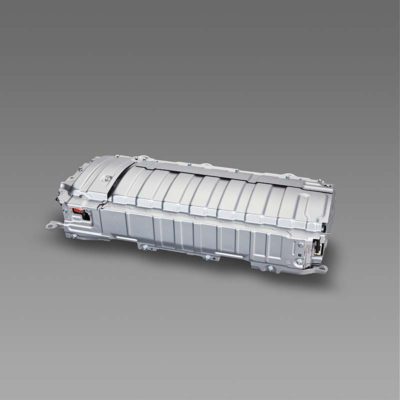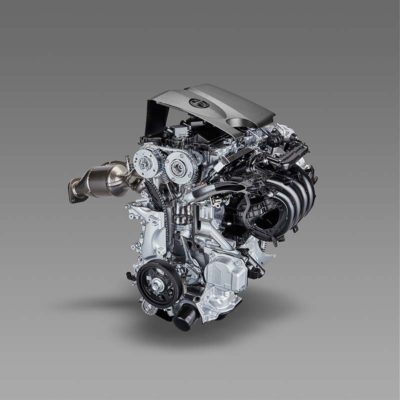Toyota Reveals New Powertrain Units Based on TNGA

Toyota Motor Corporation have announced that they have developed a new continuously variable transmission (CVT), 6-speed manual transmission, 2.0-litre engine, 2.0-litre hybrid system and 4WD systems all based on the Toyota New Global Architecture (TNGA). TNGA is a development framework created by Toyota with the goal being to make even-better cars and the new technologies being introduced are aimed to offer improved driving performance and high environmental performance.
Direct-Shift CVT
The new CVT transmission will feature a world’s-first launch gear which will significantly improve transmission efficiency at low speeds when compared to existing CVTs. In addition, Toyota are aiming to reduce mechanical loss, adopt a wider gear range, and improve shift tracking all of which result in a direct and smooth driving experience with superior fuel efficiency which has been improved by 6-percent.
6-Speed Manual Transmission
The new 6-speed manual transmission has been developed to respond to global needs, particularly those in Europe. When compared to the current version, the transmission has seen both a weight and size reduction and is one of the world’s smallest transmissions which contributes to improved fuel efficiency. Additionally the use of iMT (Intelligent Manual Transmission) controls allow your engine to adjust engine rotations when changing gears which reduces uncomfortable recoils often felt while driving a standard vehicle.
2.0L Dynamic Force Engine
Toyota’s new Dynamic Force Engine adopts new high-speed combustion technologies and a variable control system while also achieving greater thermal efficiency which results in high output. This is due to a reduction in energy loss associated with exhaust and cooling systems, the movement of mechanical parts and other aspects. When compared to existing engines, the new engines developed by Toyota are able to achieve increased torque at all engine speeds and will comply with expected future exhaust regulations.
2.0L Toyota Hybrid System (THS II)
A new hybrid system has been developed for 2.0L engines which apply the same size-, weight- and loss-reducing technologies that were used in the fourth-generation Prius. The new system provides improved driving performance while still retaining its excellent fuel efficiency. While accelerating, the hybrid system reduces engine rotations while drawing increased electric power from the battery which deliver a linear and lengthened sense of acceleration.
Dynamic Torque Vectoring AWD and E-Four 4WD Systems
Finally, Toyota have created two new 4WD systems with the aim of improving fuel efficiency and achieving high 4WD handling, stability and off-road performance. The new Dynamic Torque Vectoring AWD system will be used in gasoline engine vehicles and boasts a torque vectoring mechanism which independently distributes torque to the left and right rear wheels according to driving conditions. It is also able to achieve high off-road performance and also incorporates a disconnect mechanism which features the world’s first ratchet-type dog clutches on both the front and rear wheel shafts. Lastly, the new E-Four system will be used in hybrid vehicles and increases the total torque to the rear wheels, which are electrically driven, by 30 percent compared to existing versions. Both systems feature AWD Integrated Management (AIM) which harmonizes engine, transmission, braking and 4WD systems to offer great handling no matter the conditions.
Toyota have indicated the number of models equipped with the newly announced powertrain units globally starting this spring and onward. Within the next five years or so, Toyota states that they are aiming to have TNGA-based powertrain units installed in approximately 80 percent of Toyota-brand and Lexus-brand vehicles sold annually in Japan, North America, Europe and China.
- Power Control Unit
- Nickel_metal Hydride Battery
- Inline Direct Injection 2.0
- CVT
- 6-Speed Manual
- Transaxle


















